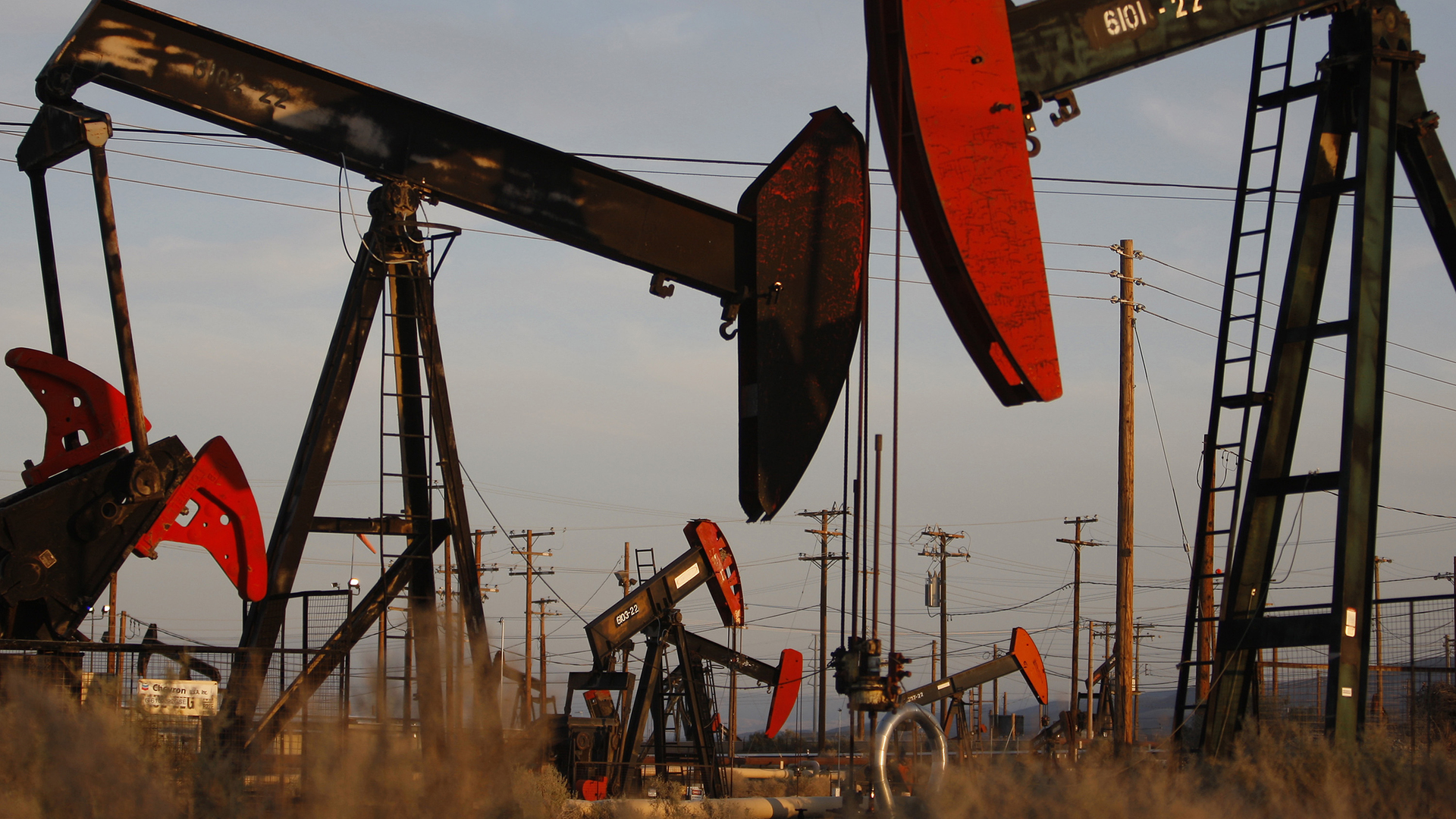On Wednesday, August 26, the Russian currency shows weakening on the Moscow Exchange. During the trades, the dollar grew by 0.9% and for the first time since April 22 it reached 76 rubles. At the same time, the euro rate rose by 0.7% - up to 89.8 rubles. The last time a similar indicator could be observed back in February 2016.
The official exchange rate of the Central Bank on August 27 was set at 75.54 rubles per dollar and 89.23 rubles per euro.
“In many ways, external factors exert pressure on the Russian currency. In particular, we are talking about a possible increase in sanctions pressure, which was announced the day before by the administration of the US President. At the same time, we are witnessing a general weakening of the world's investors' interest in investing in risky assets, ”explained Artyom Deev, head of the analytical department at AMarkets, in an interview with RT.
In addition, the record growth of the dollar and the euro against the ruble may be partly due to political instability in Belarus. This point of view, in an interview with RT, was expressed by Alexey Korenev, an analyst at FINAM Group.
“Russia and Belarus have the closest economic, as well as historical, cultural and political ties. Investors fear that the situation in the neighboring country may get out of control and follow a negative scenario. Such sentiments of market players negatively affect the position of both the Russian ruble and the Belarusian one, ”the expert explained.
At the same time, the weakening of the national currency has a positive effect on the activities of Russian exporters. Denis Ikonnikov, portfolio manager of QBF investment company, told RT about this. According to him, the depreciation of the ruble leads to a decrease in the cost of Russian goods on the international market and thereby makes domestic products more competitive.
Also, the observed dynamics of the exchange rate makes it possible to reduce the budget deficit and more actively replenish the National Welfare Fund (NWF). At the same time, analysts interviewed by RT do not expect a significant depreciation of the ruble in the near future.
“This year our budget will be in deficit due to problems with the pandemic and the measures taken by the government to support the economy. The easiest way to balance the budget is to moderately weaken the ruble. Nevertheless, the increased volatility in the foreign exchange market is unprofitable for the government, so the Central Bank and the Ministry of Finance will restrain exchange rate fluctuations, ”said Alexey Korenev.
Recall that in order to stabilize the exchange rate from March 10, the regulator began proactive sale of foreign currency in the domestic market. Thus, the Central Bank artificially increases the demand for rubles. In total, during this time, the volume of currency sales amounted to about 1.14 trillion rubles.
“We have quite large reserves of $ 600 billion and a relatively high volume of NWF. Therefore, if the ruble begins to depreciate at a rapid pace, the Central Bank and the Ministry of Finance can support it by expanding foreign exchange interventions, "added Korenev.
Moreover, the Russian currency is additionally supported by a record rise in oil prices. Natalya Milchakova, deputy head of the Alpari information and analytical center, spoke about this in an interview with RT.
At the auction on Friday, Brent crude prices rose by 0.5% to $ 46.5 per barrel, while the American WTI grade rose 0.9% to $ 43.8 per barrel. Values are the highest since March 6.
Analysts explain the rise in oil prices largely by the meteorological factor: because of hurricanes and storms, American oilmen had to stop more than 84% of production in the Gulf of Mexico. This was announced yesterday by the US Bureau of Safety and Environmental Control. Against this backdrop, investors fear disruptions in the supply of hydrocarbons.
- © David McNew / Getty Images / AFP
“In addition, the news about the successful results of clinical trials of a vaccine against coronavirus adds a certain optimism to the foreign exchange market,” Natalia Milchakova emphasized.
According to her, if the current conditions are maintained, in September the dollar will be traded in the range of 72-80 rubles, and the euro - at 82-90 rubles. At the same time, according to Artyom Deev, the situation in the Russian foreign exchange market will also depend on the dynamics of the spread of coronavirus in the world.
“If there are signs of a recovery in the global economy, and the incidence of coronavirus begins to decline, then the growth of demand and energy prices will accelerate. In this case, the dollar rate may decrease to 72-73 rubles, and the euro rate - to 86-88 rubles, ”the expert concluded.

